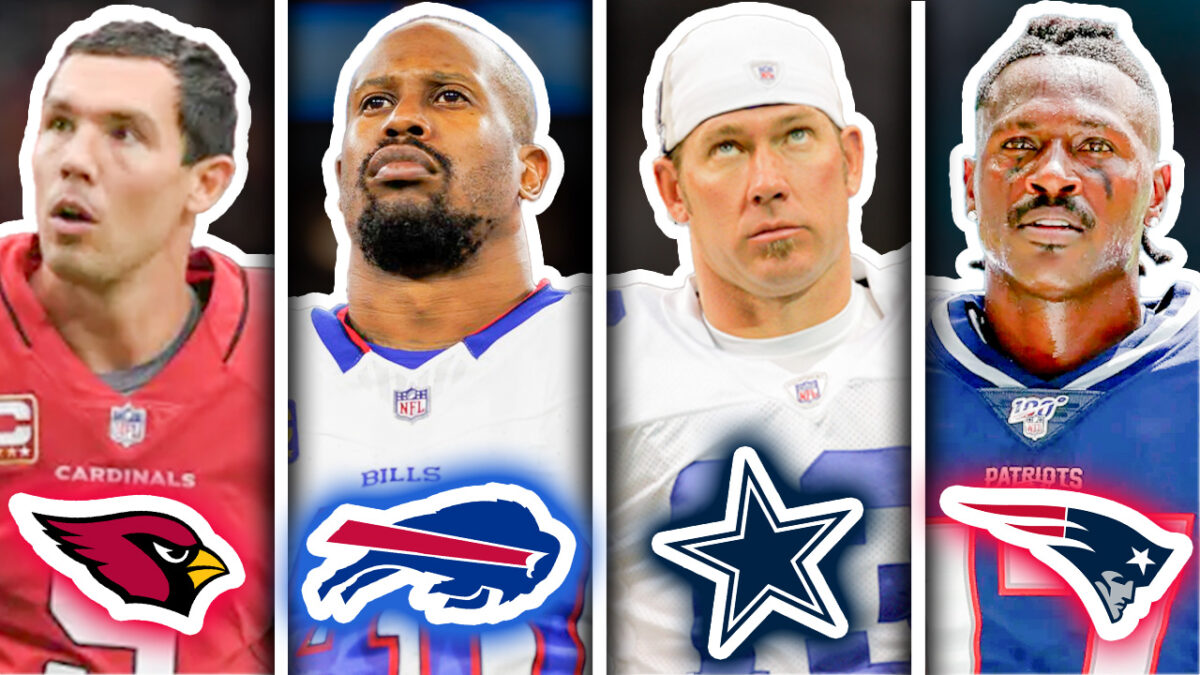
In the high-stakes dance of NFL free agency, teams eagerly court talented players to bolster their rosters. However, even with all the coaches and management’s talent in evaluating potential players that may help their team, some signees will still inevitably fall short of expectations due to different factors that may be in play.
Today, we will take a look back at All 32 NFL Teams Worst Free Agent Signing In NFL History.
Arizona Cardinals – Sam Bradford
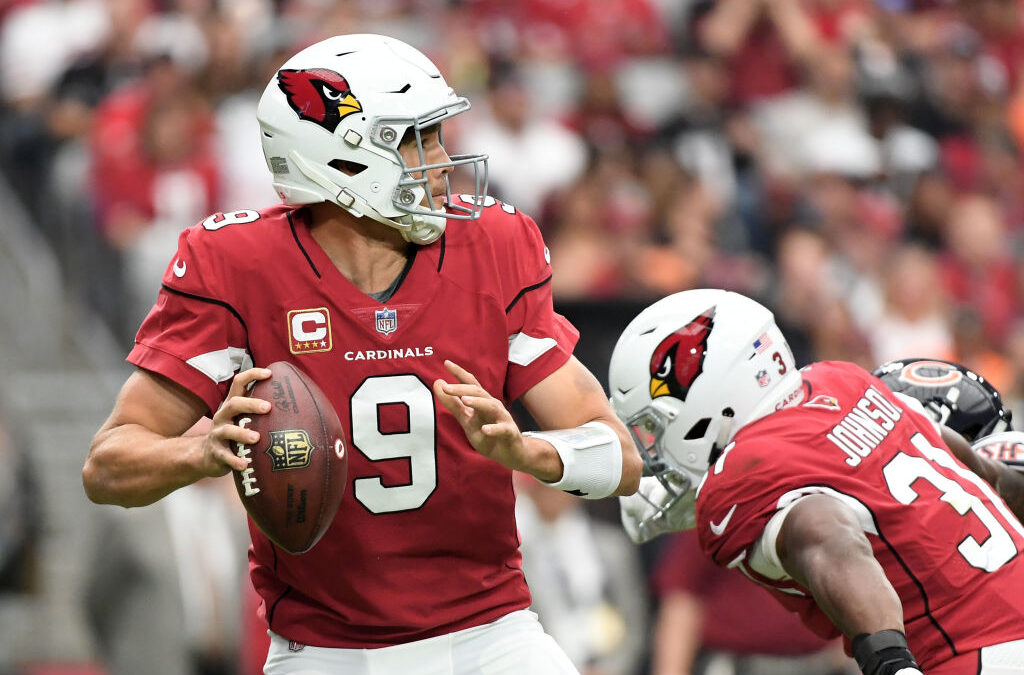
Bradford started his career as a solid quarterback who was often injured, but that ended when he got to Arizona in 2018. He was coming off a season with the Minnesota Vikings where he only played in the first two weeks, though he did win both his starts and had a 3-0 touchdown-to-interception ratio; Bradford was also coming off a 2016 season with the Vikings where he set the NFL record for completion percentage across a single season.
Bradford signed a two-year, $20 million deal with the Cardinals, and after three putrid starts, he was pulled for rookie Josh Rosen, who is one of the biggest draft busts of all time. Rosen took the starting role and held onto it for the rest of the season, and Bradford was released halfway through the season.
Since 2018, Bradford hasn’t played another snap in the NFL, and for him to lose his job to one of the biggest busts in history shows how awful he was in Arizona. Even worse for Arizona is that out of the $20 million, $15 million was guaranteed, meaning that they were still on the hook for half of his contract the following year.
Atlanta Falcons – Peerless Price
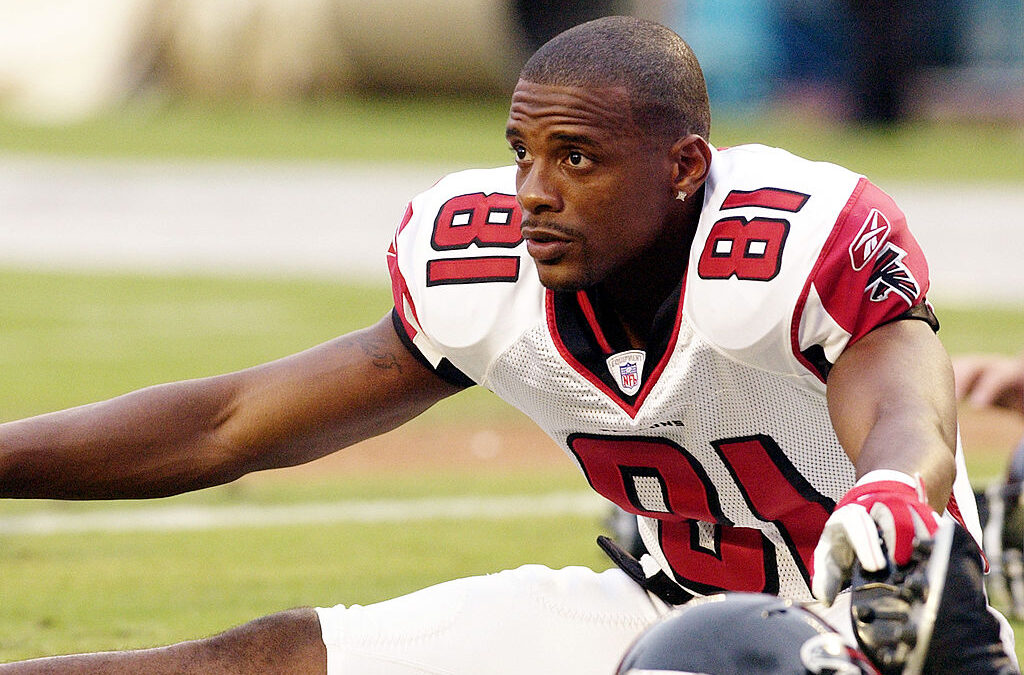
Click on ‘Follow Us’ and get notified of the most viral NFL stories via Google! Follow Us
Price was coming off a career year in 2002 with the Buffalo Bills where he had 94 receptions for 1,252 yards and nine touchdowns, and the Bills placed the franchise tag on Price before trading him to Atlanta. The Falcons immediately signed Price to a seven-year, $37.5 million deal with a $10 million signing bonus, and they regretted it almost as soon as they signed it.
In 2003, Price had 64 receptions for 838 yards and three touchdowns, but he didn’t miss any games; he just wasn’t very good. In 2004, it got worse, as Price finished with 45 receptions for 575 yards and three touchdowns.
After the 2004 season, Price was released by the Falcons, and he would play three more seasons, one with Dallas and two with Buffalo, and then he would retire from the league, never again having more than 500 yards in a season.
Baltimore Ravens – Earl Thomas
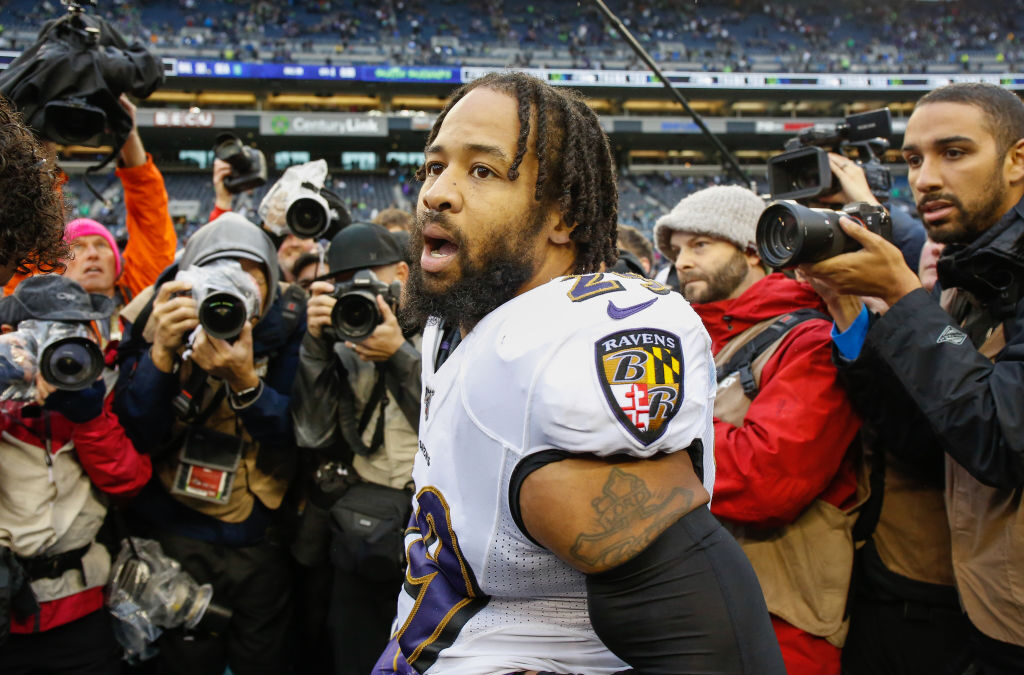
In 2019, the Ravens signed Thomas to a four-year, $55 million deal with $32 million guaranteed and the Ravens quickly reaped the benefit of having Thomas on the team, as he made his seventh Pro Bowl while having two sacks and two interceptions in 15 games. However, in preparation for the 2020 season, Thomas got in a fight with Chuck Clark at practice and was released by the team shortly afterward.
It later came out that Thomas was a locker room cancer in Baltimore, consistently skipping meetings and showing up late to practices, even leaving the team twice. Even though Thomas played well with Baltimore, his reputation meant that he would never play in the NFL again.
Despite one good season out of Thomas, he wasn’t worth the $32 million guaranteed that he was owed by the Ravens, and given the franchise doesn’t have a big history in bad free agent deals, Thomas is almost certainly the worst.
Buffalo Bills – Von Miller
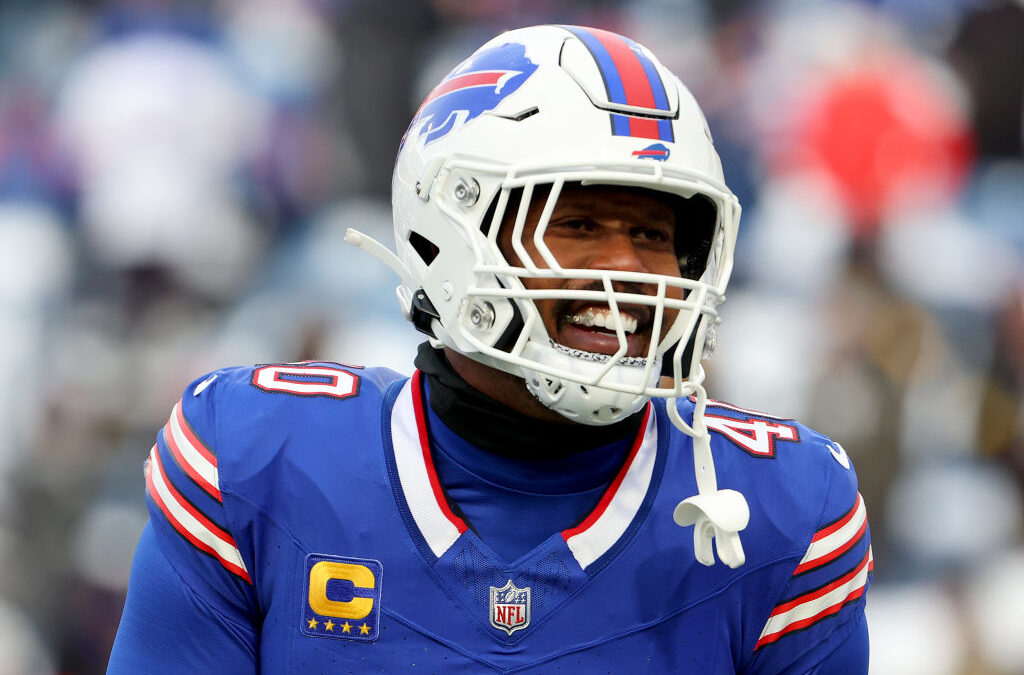
When the Bills signed Miller, they thought they were getting an edge rusher who would push their defense into being one of the best in the league, and at first, they did get that. Through his first 11 games, he had eight sacks and was looking like a potential Defensive Player of the Year candidate.
However, in that 11th game of his first season with the team, he tore his ACL and would miss the remainder of the 2022 season. Miller would miss the rest of the 2022 season with the injury, and he would miss the start of the 2023 season, as well.
When Miller finally returned in 2023, he looked like a shell of his former self, only notching three tackles in 12 games and largely being a liability when he was on the field. If Miller starts 2024 looking like himself again, the deal could turn out to be a good one, but as it stands, Miller’s six-year, $120 million deal with the Bills looks like an awful one.
Carolina Panthers – Sean Gilbert
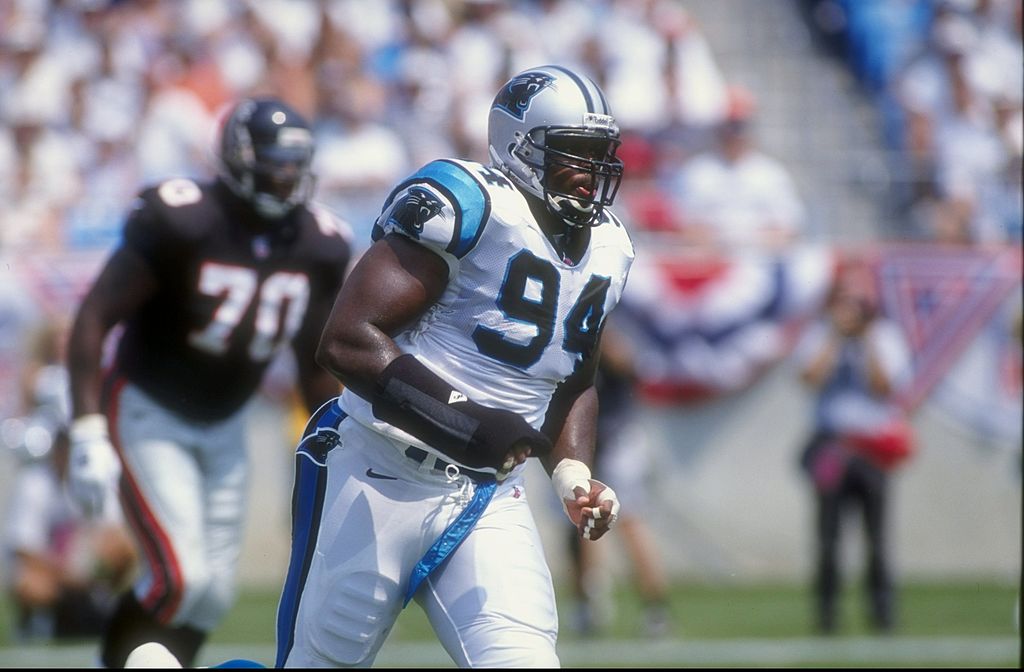
Gilbert was a great defensive lineman in the early-to-mid 1990s for the Rams and Redskins, but when his deal with Washington came to an end, the team franchise-tagged him for 1997, and Gilbert refused to play, sitting out the entire 1997 season. After 1997, Washington tried to place another franchise tag on him, but he again refused to play, and the Carolina Panthers eventually offered him a seven-year, $46.5 million deal, and were forced to give Washington two first-round picks in exchange for Gilbert’s services.
In 1998, one year removed from playing, Gilbert started all 16 games for the Panthers and recorded six sacks and 25 quarterback pressures, which were decent numbers but not worth the price they were paying him. In 1999 and 2000, Gilbert regressed heavily, averaging three sacks, and in 2001, he regressed further, starting only nine games due to injury and tallying two sacks.
In 2002, Gilbert was awful, tallying only five tackles before breaking his right hip and losing the rest of the season to his injury. After the season, the Panthers released him, and he would retire following the 2003 season.
Chicago Bears – Mike Glennon
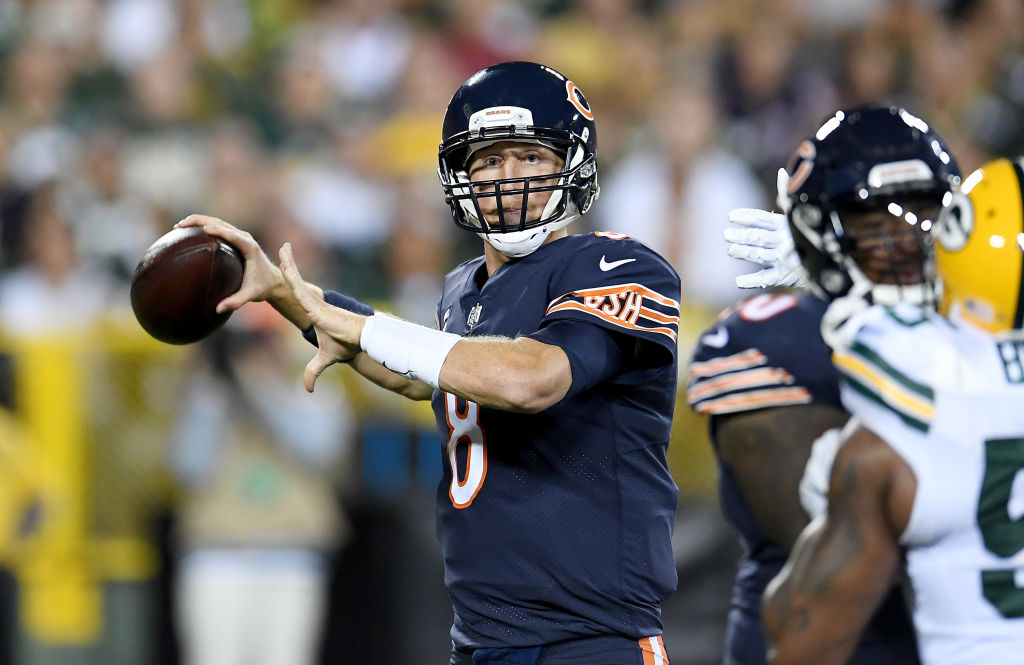
In 2018, Glennon signed a three-year, $45 million deal to become the new starting quarterback for the Chicago Bears. However, Chicago also drafted Mitchell Trubisky with the second overall pick, and, while Trubisky would turn out to be a bust, he was decent in his first two years in Chicago, something Glennon cannot say.
Glennon would begin 2018 as the starter, but after four games where he threw just over 800 yards and had four touchdowns to eight turnovers, leading the Bears to a 1-3 record in his games, he would be benched for Trubisky, and he would never see the field again for Chicago. After the 2018 season, he was released, meaning that Chicago paid him $45 million for four starts and one win.
Given the emergence of Trubisky, who would go 11-3 as a starter the following season, this stands out as the worst free-agent deal in Chicago’s history.
Cincinnati Bengals – Antonio Bryant
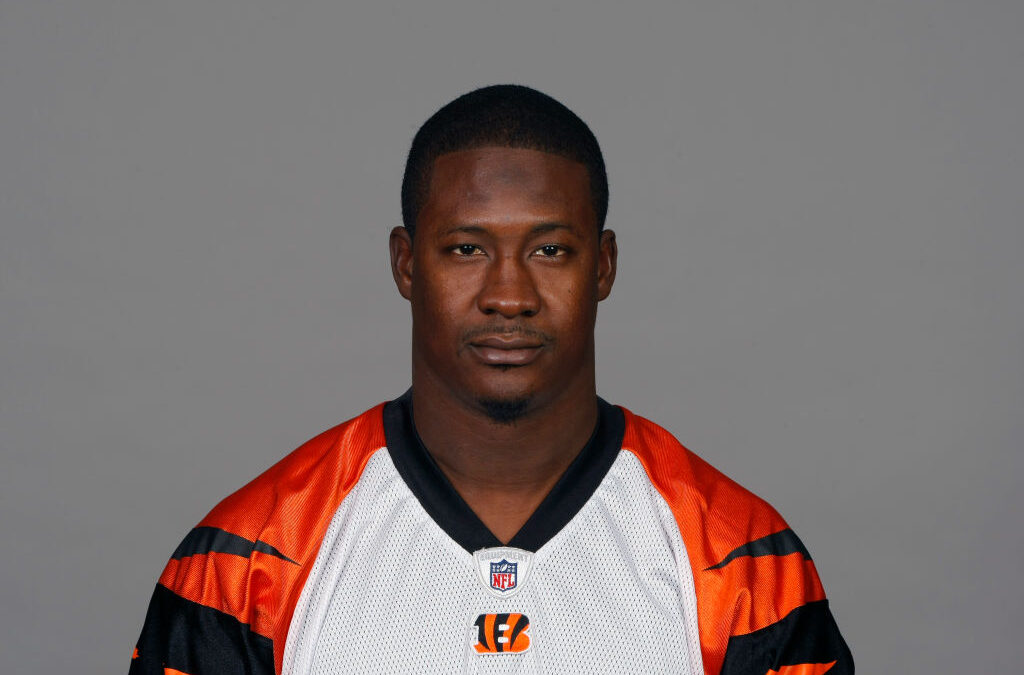
Unlike most bad free-agency signings, Antonio Bryant never even saw the field for the Bengals. Cincinnati signed Bryant to a four-year $28 million deal before the 2010 season, but after they signed Terrell Owens, they released Bryant after he had struggled in practices and had been unable to play in any preseason games due to a knee injury.
Bryant would never play in the NFL again, though he did attempt a comeback two years later with the Seattle Seahawks. At the time, the signing seemed decent, as he was coming off his best season, a 1,200-yard, 137-reception season two years prior and had been hurt the previous year, but it certainly goes down as the worst signing in the Bengals’ history.
Cleveland Browns – LeCharles Bentley
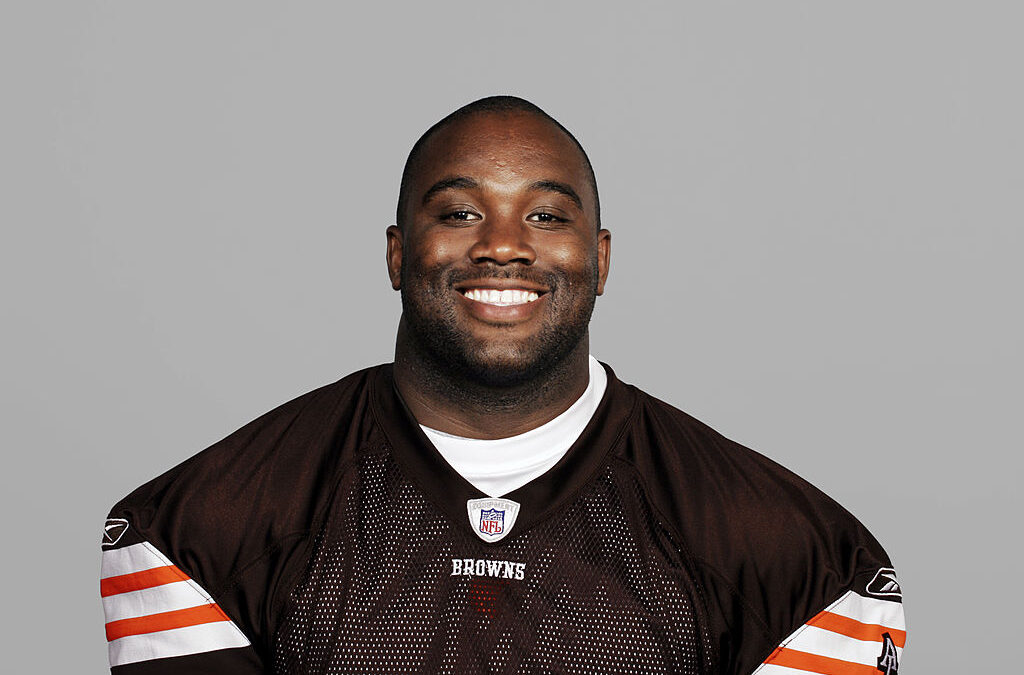
Bentley was a solid center for the Saints in the early 2000s, but after his rookie contract expired, he began to search elsewhere, and after originally agreeing to sign for the Eagles, Bentley instead signed a six-year, $36 million contract with the Cleveland Browns to become their new center. However, on the first day of training camp in 2006, Bentley tore his patellar tendon, which caused him to miss the entire 2006 season.
After the injury, Bentley had four surgeries, developed a staph infection, and became infected with a virus that made his doctors consider amputating the leg. Before the 2007 season, Bentley was cleared to play, but he would once again miss the entire season before being released by the Browns after the season, and he would never play in the NFL again.
Dallas Cowboys – Mike Vanderjagt
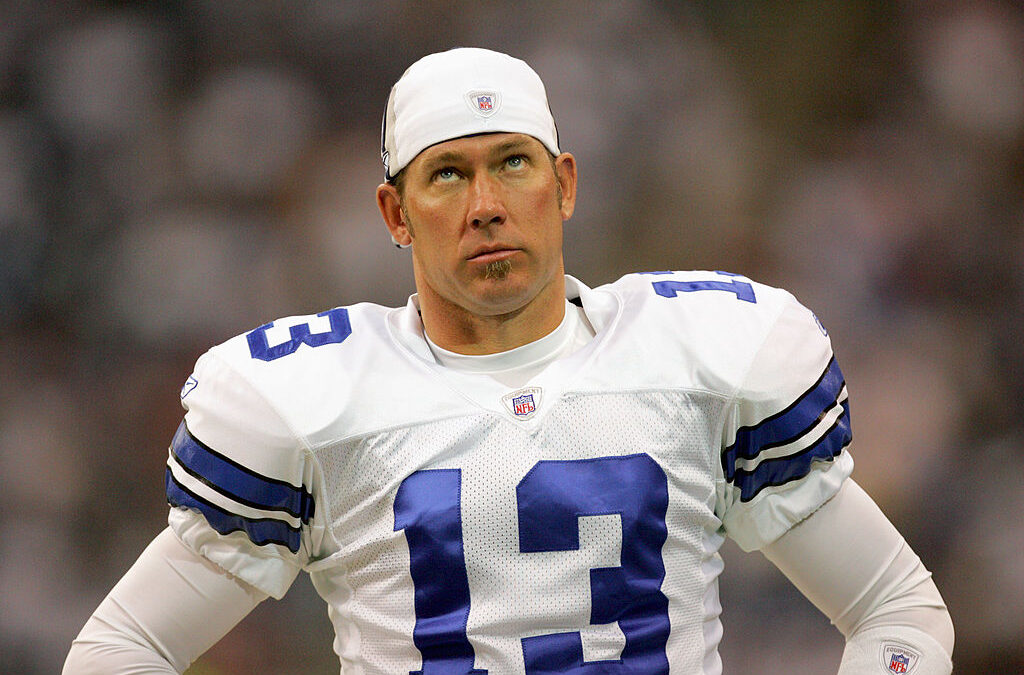
After eight solid seasons with the Indianapolis Colts in the late 1990s and early 2000s, Vanderjagt signed with the Cowboys on a three-year, $4.5 million deal before the 2006 season. Vanderjagt had an injury that forced him to miss the first two games of the preseason, and when he finally returned, he missed two short kicks against the Vikings that foreshadowed what was to come.
Vanderjagt had a game-winning field goal blocked by Washington in Week 9, he missed two field goals against the Colts in Week 11, and in Week 12, he barely made a 22-yard field goal against Tampa Bay. After that, the Cowboys released Vanderjagt, and he never played in the NFL again.
Denver Broncos – Dale Carter
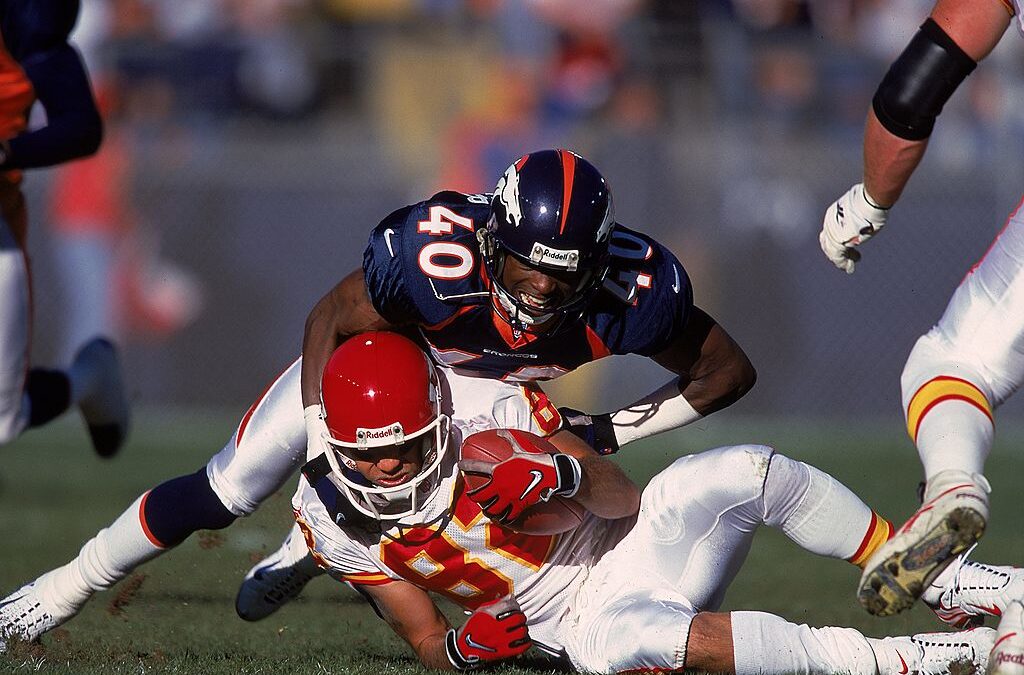
Carter was a very good cornerback for the Kansas City Chiefs throughout the 1990s, and in 1999, he signed a four-year, $22.8 million deal with the Denver Broncos that made him the highest-paid defensive back in the NFL. However, Carter’s past history with off-field issues caught up with him in Denver, as he would only play one season with the team.
In 1999, Carter was mediocre, but it still hadn’t gotten too bad yet. In 2000, however, he would be suspended for the entire season because he had a fourth substance abuse violation, and the Broncos would release him following the season.
Carter would finish his career with the Vikings, Saints, and Ravens, but he never again reached the heights he had in Kansas City, where he had four Pro Bowl selections in a row and was selected as an All-Pro in 1995 and 1996.
Detroit Lions – Rick Wagner
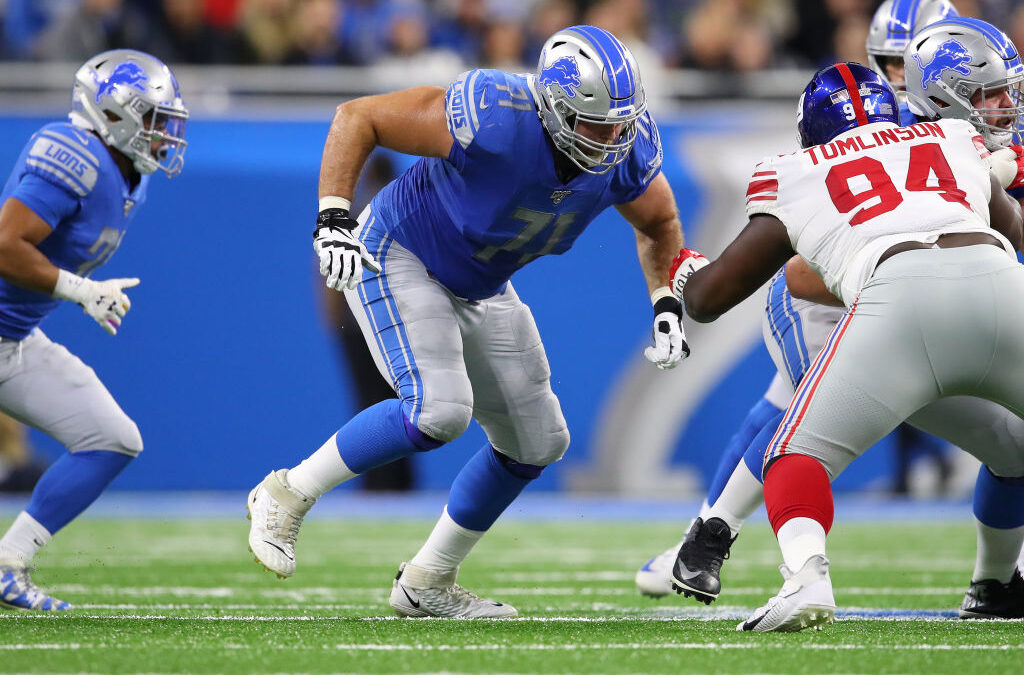
Wagner was a solid offensive lineman for the Ravens after being drafted in the fifth round of the 2013 NFL Draft, and the Lions would sign him to a five-year, $47.5 million deal before the 2017 season. However, Wagner was mediocre in Detroit; despite holding on to a starting job throughout his first three years with the team, he was always in the bottom tier of starting offensive linemen in the NFL before being released in 2020.
Wagner played three seasons with the Lions, and he never turned into the replacement for Riley Reiff they were looking for. Reiff was solid if unspectacular in Detroit, and Wagner’s tenure with the Lions left them longing for a solid starter back.
Green Bay Packers – Jimmy Graham
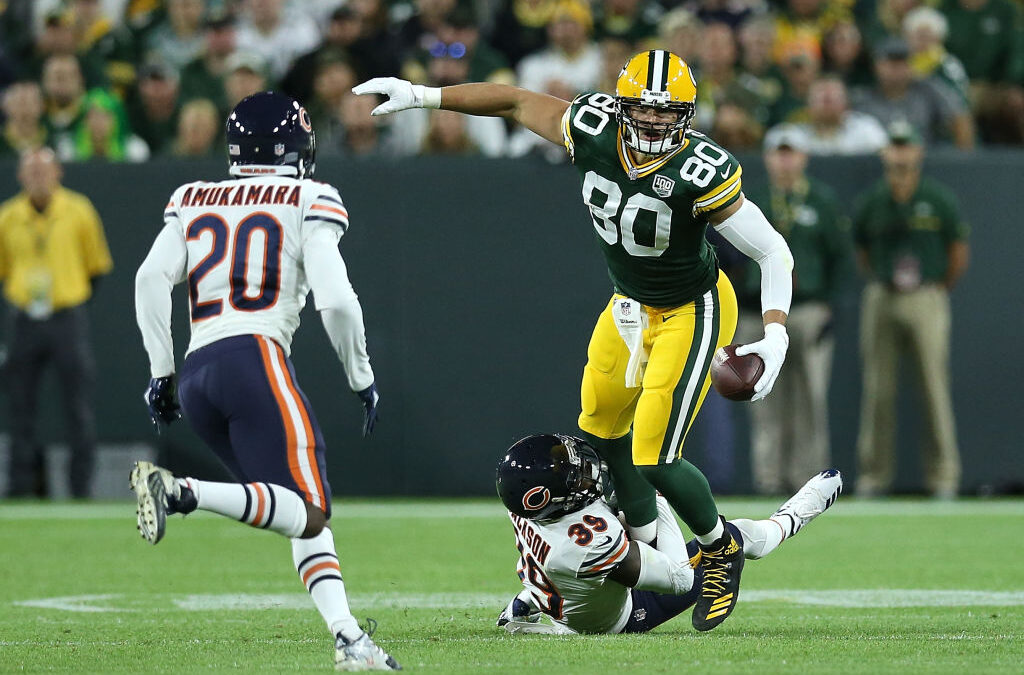
Graham was a five-time Pro Bowler in New Orleans and Seattle, and he was coming off two straight Pro Bowl selections when the Green Bay Packers signed him to a three-year, $30 million deal before the 2018 season. In Green Bay, he was nowhere near as good of a tight end as he had been before, as he had only five touchdowns across his two seasons with the franchise, while he had 10 in 2017, his final season with Seattle.
The Packers released Graham before the 2020 season, and he went on to sign with Chicago, where he had a solid season, showing that he still had some gas left in the tank. After that, his career tailed off, and he found himself as the Saints’ third-string tight end in 2023.
Houston Texans – Brock Osweiler
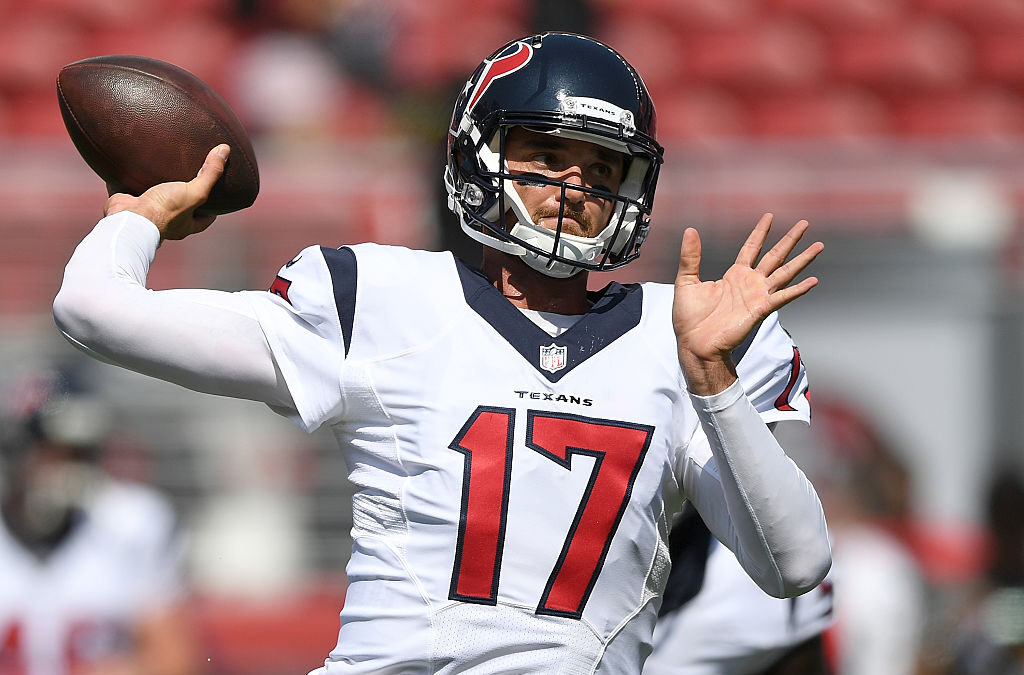
Osweiler started his career as the backup to Peyton Manning in Denver, but when Manning got hurt in 2015, Osweiler would start the rest of the regular season, eventually being replaced by Manning halfway through the regular season finale, and he would finish the season with a 5-2 record in his seven starts. Manning would retire after the season, winning his second Super Bowl in the process, and Osweiler would garner significant interest in free agency.
It would be the Houston Texans who would win the bidding war for Osweiler’s services, and the two sides eventually agreed on a four-year, $72 million deal in March 2016. Osweiler started out strong for the Texans, but after that, he would fall off and begin to struggle, and he was finally benched in Week 15 for Tom Savage; in Week 17, Savage would suffer a concussion, and Osweiler would be the starter for the Texans’ playoff run, where they would defeat the Raiders in the Wildcard Round by a final score of 27-14 before falling to the Patriots in the Divisional Round 34-16.
Before the 2017 season, Osweiler was traded to the Browns, along with a second-round pick and a sixth-round pick, for a fourth-round pick in what was essentially a salary dump for the Texans; Osweiler would be cut by the Browns before the season started, and he would spend two more seasons in the NFL before retiring in 2019. In his one season with the Texans, Osweiler threw for under 3,000 yards and had 15 touchdowns to 16 interceptions.
Indianapolis Colts – Andre Johnson
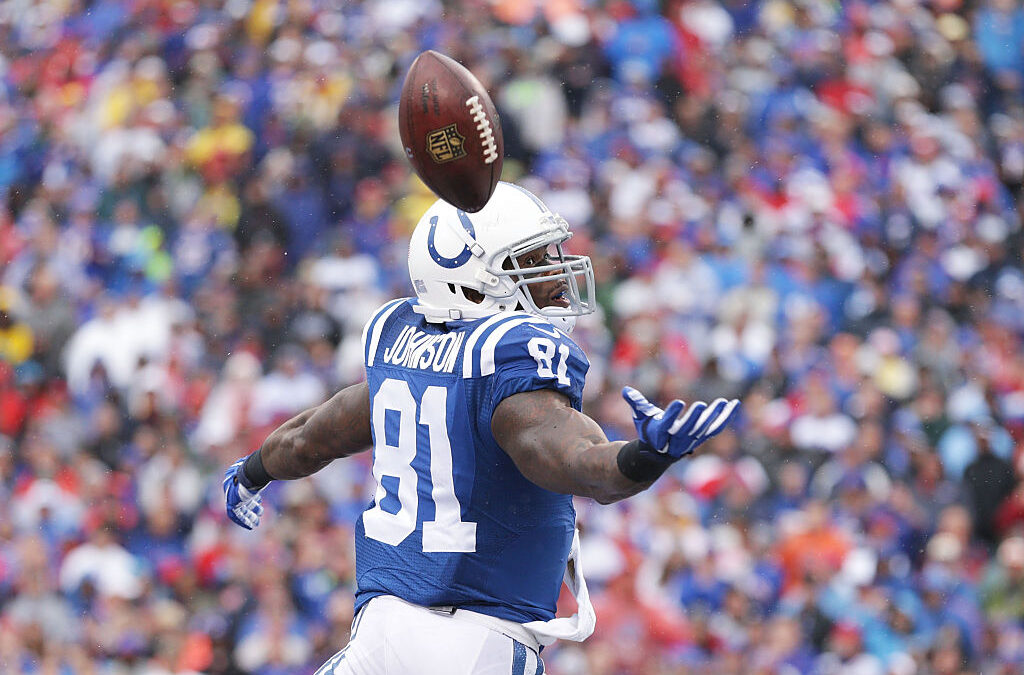
We’re going from the Texans’ signing to a bad signing of a Texans’ legend, as Andre Johnson’s contract with the Indianapolis Colts late in his career might be one of the worst for a receiver in NFL history. After the Texans told Johnson he wouldn’t be a starter in 2015, Johnson asked to be traded or cut, and after the Texans cut him, he signed a three-year, $21 million deal with the Colts.
In Indianapolis, Johnson had 41 receptions and 503 yards while playing in all 16 games, a far cry from the heights of his early career. After 2015, the Colts released Johnson, and he retired halfway through the 2016 season after playing eight games for the Titans where he only had nine receptions and less than 100 yards.
Jacksonville Jaguars – Nick Foles
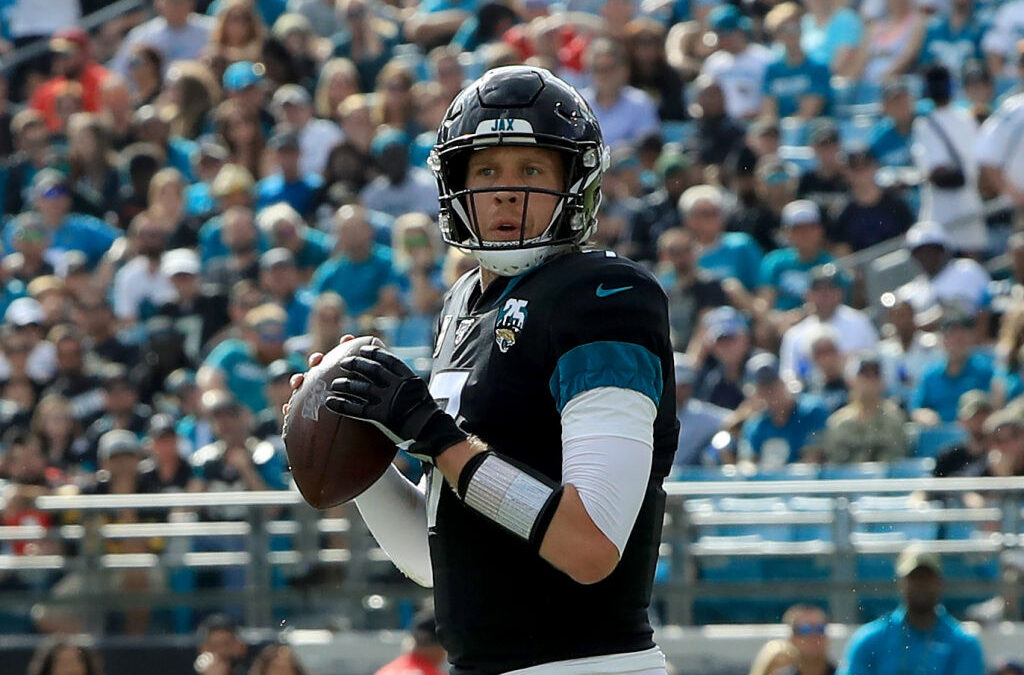
Foles’ story is well-known at this point, but he was a great backup in Philadelphia who won Super Bowl MVP in 2017 and led the Eagles to their first Super Bowl Championship in franchise history. After 2018, where he started five games in the regular season and two in the playoffs, still putting up good numbers and leading the Eagles to a 4-1 record in the regular season and a victory in the Wild Card Round, Foles became a free agent and signed with the Jacksonville Jaguars on a four-year, $88 million contract.
In the first quarter of his first game with the Jaguars, Foles broke his collarbone and wouldn’t return until Week 11, and he was replaced by sixth-round rookie Gardner Minshew for the 10 games he missed. After Foles returned, he played poorly in two games and was replaced midway through the Jaguars’ Week 13 game, and he wouldn’t play for the Jaguars again.
After the season, Foles was traded to the Chicago Bears for a fourth-round pick, and in Jacksonville, Foles started four games and had a 0-4 record with a 3-to-4 touchdown-to-interception ratio. Foles would never again be a primary starter for an NFL team, and he was out of the league after the 2022 season with the Indianapolis Colts.
Kansas City Chiefs – Chester McGlockton
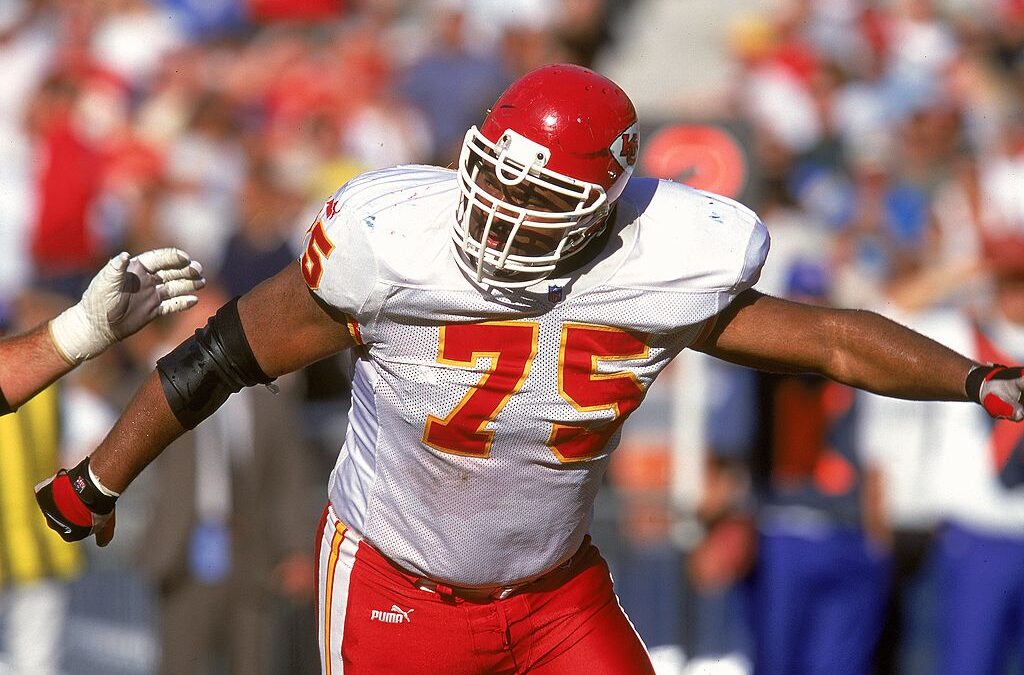
McGlockton was a solid defensive lineman for the Raiders in the mid-1990s, and he signed with the Chiefs before the 1998 season on a five-year, $30 million deal. In 1998, McGlockton suffered an injury and missed six games, but when he was on the field, he was not very good, notching only one sack all season.
1999 wouldn’t fare much better for McGlockton, as he would only have 1.5 sacks while playing all 16 games, and he would add 29 tackles as well, averaging just under 1.5 tackles per game. The 2000 season would be his best in Kansas City, but he was still mediocre at best, collecting 4.5 sacks and 34 tackles on the season.
After 2000, the Chiefs would cut McGlockton, and he would hang around the NFL for a few more years before retiring after 2003. McGlockton passed away at the age of 42 in 2011.
Las Vegas Raiders – Javon Walker
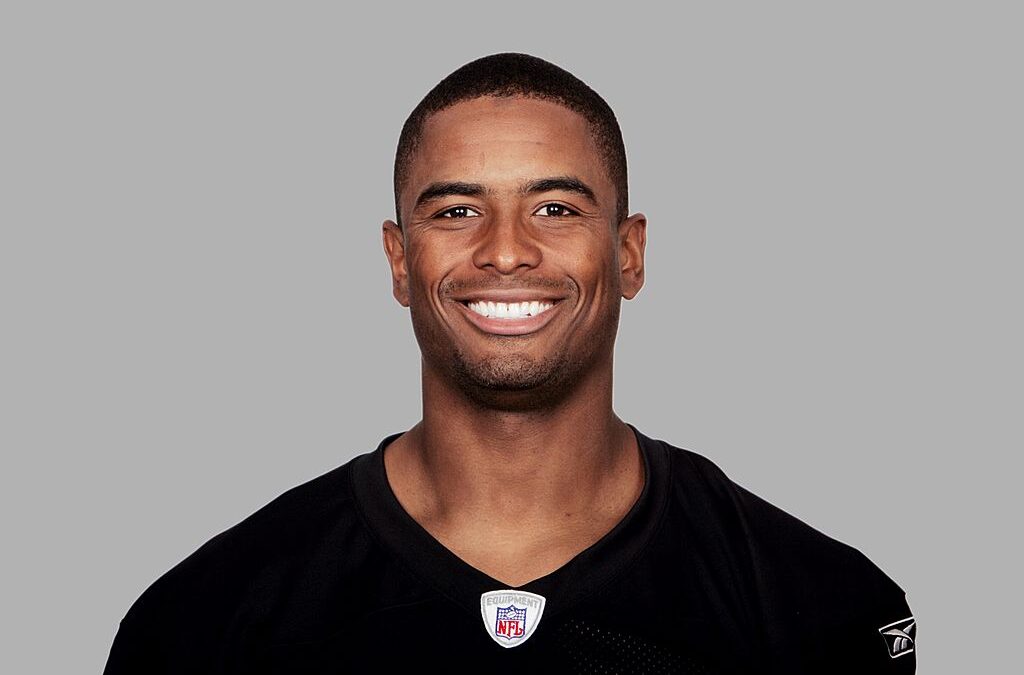
Walker was a good receiver in the 2000s for the Packers and Broncos, and he even made the Pro Bowl in 2004 with Green Bay, but he was frequently injured, something that the Raiders would soon find out. In 2008, Walker signed a six-year, $55 million contract with the Raiders, and it would immediately prove to be a horrible signing.
In the 2008 season, Walker would only play eight games due to injury, but when he was on the field, he was awful, only having 15 receptions and 196 yards in his eight games. In 2009, Walker played in only three games and had no statistics, and he would be released after the season; Walker would never play in the NFL again.
Los Angeles Chargers – David Boston
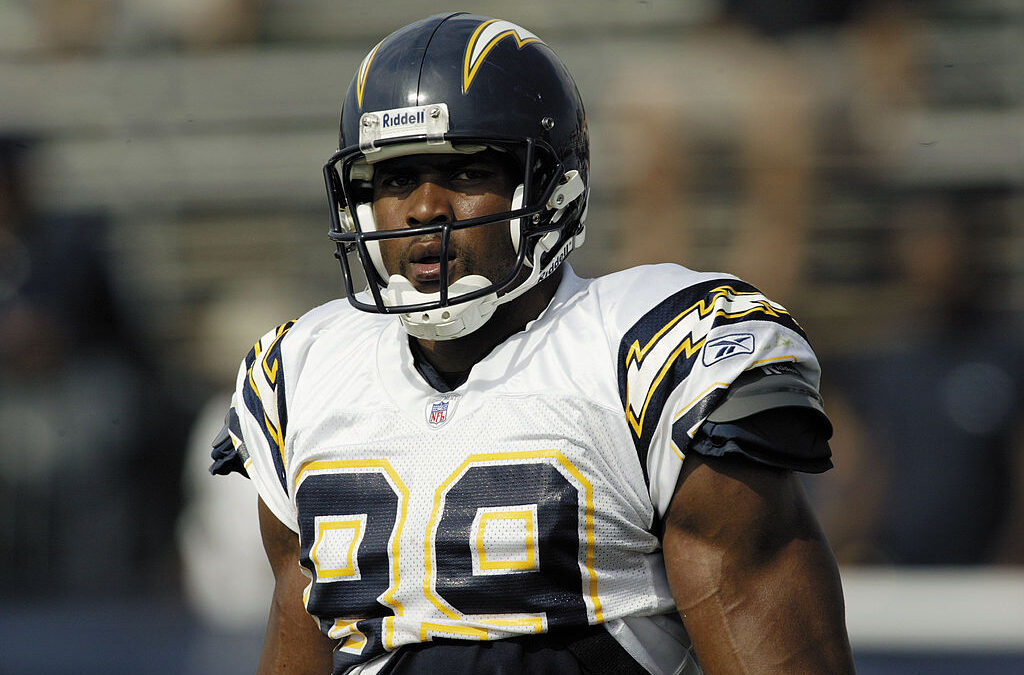
Boston was a great receiver with the Cardinals, and he had almost 1,600 receiving yards and made the Pro Bowl in 2001. However, in 2002, he would miss eight games due to an injury, and that would foreshadow what was to come.
Before the 2003 season, the Chargers signed Boston to a seven-year, $47 million deal, and he caught 70 receptions for 880 yards and seven touchdowns in 14 games. Boston was suspended for a game by head coach Marty Schottenheimer for getting in an altercation with a strength coach, and after the season, he was traded to the Miami Dolphins for a sixth-round pick.
In 2004, he was busted for PEDs and was suspended by the NFL for four games, but he would tear ligaments in his knee and would miss the entire season, anyway. After the season, he was released by the Dolphins, and he would only play five more games in the NFL.
Los Angeles Rams – Drew Bennett
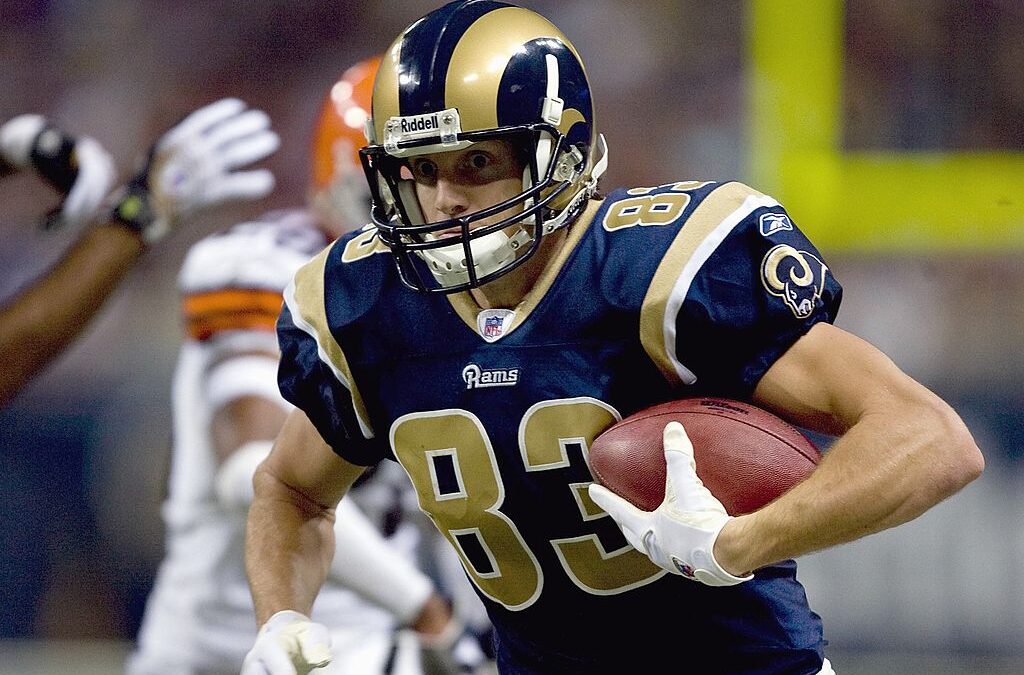
Bennett was a decent receiver for the Titans who had a career year in 2004 when he had 80 receptions, 1,247 yards, and 11 touchdowns. In 2007, Bennett signed a six-year, $30 million deal that is still somewhat bewildering to think about today; Bennett was a decent receiver, but he was never worth that kind of money.
In the 2007 season, Bennett would play in 14 games with one start, and he collected 33 receptions, 375 yards, and three touchdowns. In 2008, Bennett would only play in one game due to injuries, collecting one reception for four yards, and the Rams would release him after the season.
In 2009, Bennett signed with the Ravens, but he retired from the NFL two days after signing his contract due to lingering knee issues, which is what held him out of most of the 2008 season.
Miami Dolphins – Jake Grove
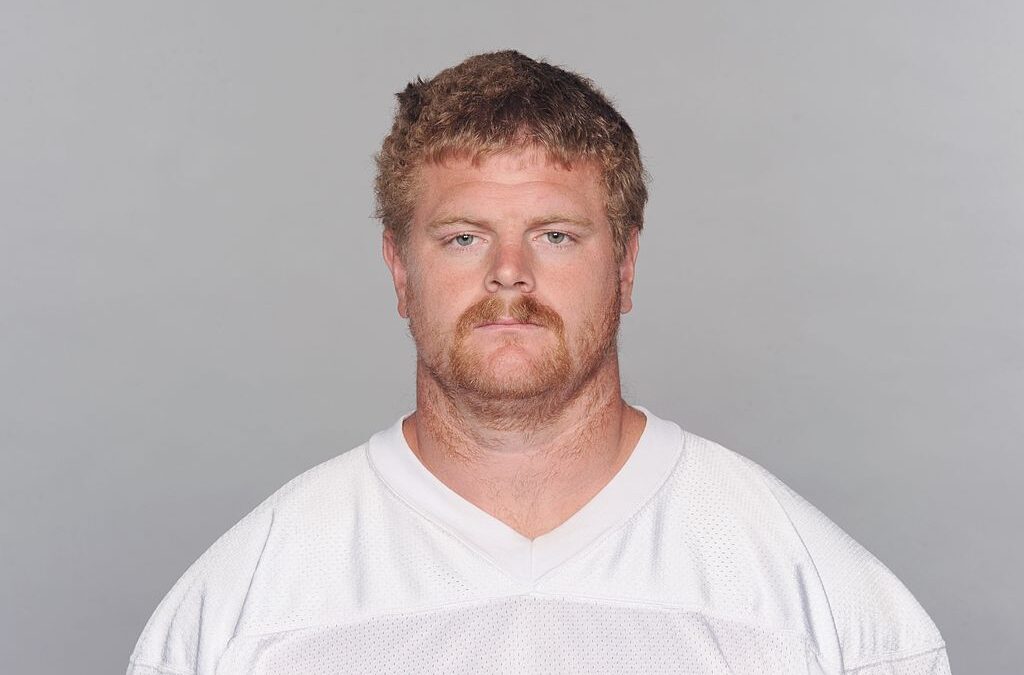
Grove was an injury-plagued, but solid, center for the Raiders in the mid-2000s, and when he became a free agent in 2009, he signed a five-year, $29 million deal with the Dolphins. In Miami, his injury woes continued; in Oakland, he had only ever played all 16 games once and he only played more than 10 games twice, and in his first season in Miami, he would only play in 12 games due to injuries.
Before the 2010 season, the Dolphins cut Grove due to knee and shoulder injuries, and he would never play another snap in the NFL. For Grove to go from signing a $29 million deal to out of the league in just about a year makes his contract the worst in the Dolphins’ history.
Minnesota Vikings – Fred Smoot
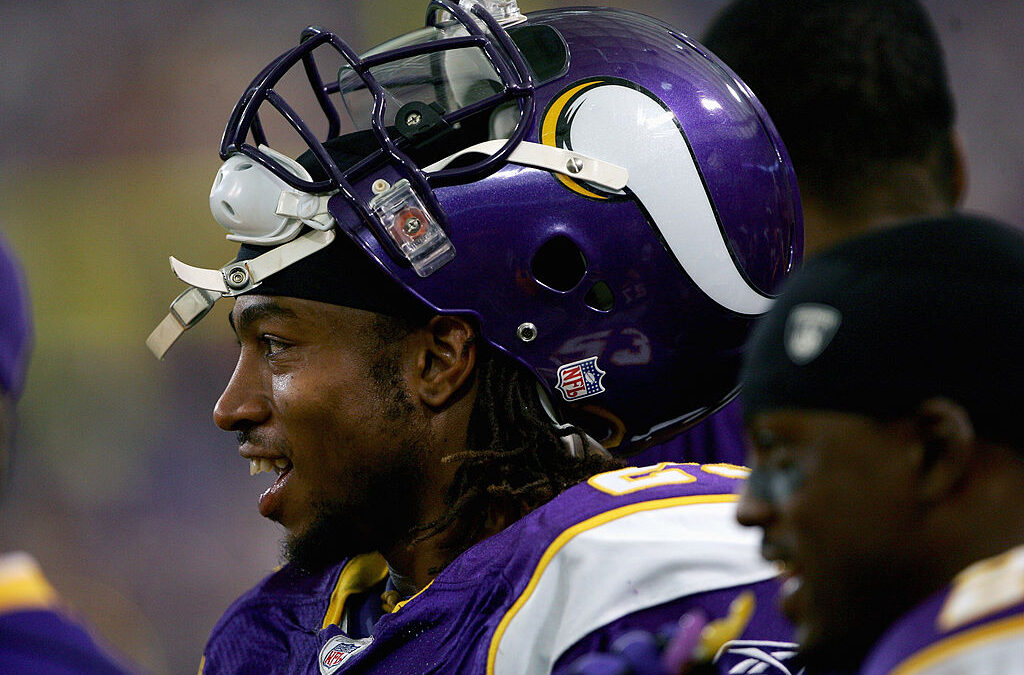
Smoot was a good cornerback for Washington at the start of the 2000s, and after the 2004 season, he would go on to sign a six-year, $34.7 million contract with the Vikings. In 2005, Smoot would miss five games due to injury, but when he was on the field, he was decent, but not great, with two interceptions and nine batted passes.
The following season, Smoot gained 20 pounds and was eventually benched by the Vikings after 11 games, and he would transition to more of a slot cornerback role, setting his career-high in tackles in just 14 games. However, his season would be cut short due to injuries he sustained in a car accident, and he would be cut following the season, in part due to his participation in the Love Boat Scandal, which he allegedly was the mastermind behind.
Smoot would sign with Washington after he was cut, and after three mediocre years with the franchise, he would be out of the NFL for good.
New England Patriots – Antonio Brown
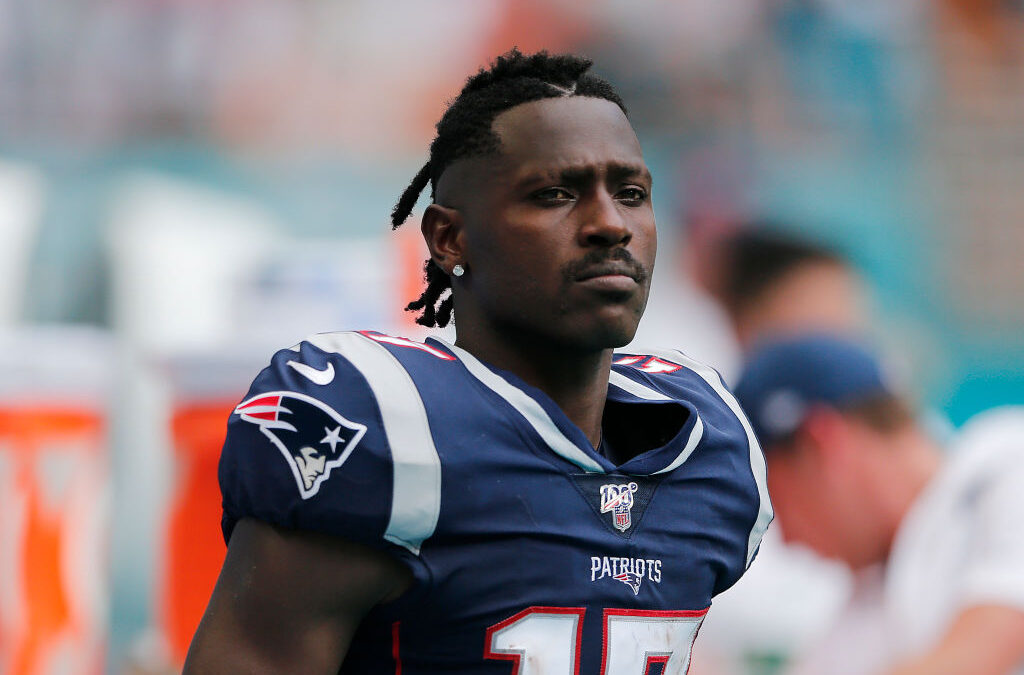
The Antonio Brown Saga has been told many times over at this point, but one of the forgotten chapters is his stint with the Patriots. After the 2018 season, Brown requested to be traded from the Pittsburgh Steelers, and after Brown declined a trade to the Buffalo Bills, he was eventually traded to the Oakland Raiders. However, Brown would never play a game with the Raiders, and he would be released shortly before the start of the 2019 season.
On the same day he was released by the Raiders, Brown signed a one-year, $15 million deal with the Patriots, and he prepared to start in Week 2. Brown played Week 2 for the Patriots and had four receptions for 56 yards and a touchdown, but before the team’s next game, threatening text messages from Brown to someone who was accusing him of misconduct were released, and Brown was cut by the Patriots, despite still being owed $9 million in guaranteed money.
New Orleans Saints – Coby Fleener
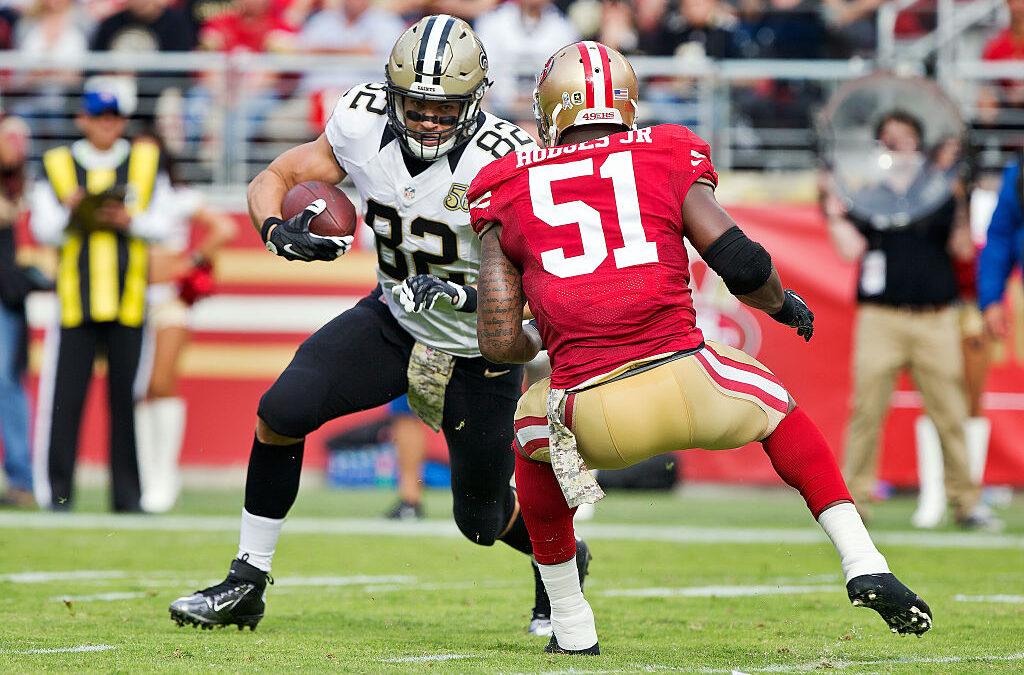
Fleener was a decent tight end who became one of Andrew Luck’s favorite targets in Indianapolis, but he was never able to truly grasp a solidified starting role with the Colts. Part of this was due to the presence of Dwayne Allen, who started all but one game he played in for the Colts after being drafted in 2012, like Fleener.
In 2016, Fleener left the Colts in free agency and signed a five-year, $36 million deal with the Saints. Fleener was decent in 2016, holding the same general production he had seen in Indianapolis, despite being the starting tight end for the Saints.
In 2017, Fleener’s production dropped heavily, as he had 22 receptions for less than 300 yards in 11 games before being placed on the injured reserve list due to a concussion in Week 12. Fleener would be released by the Saints after the season, and to this day, he has never played another snap in the NFL.
New York Giants – Kenny Golladay
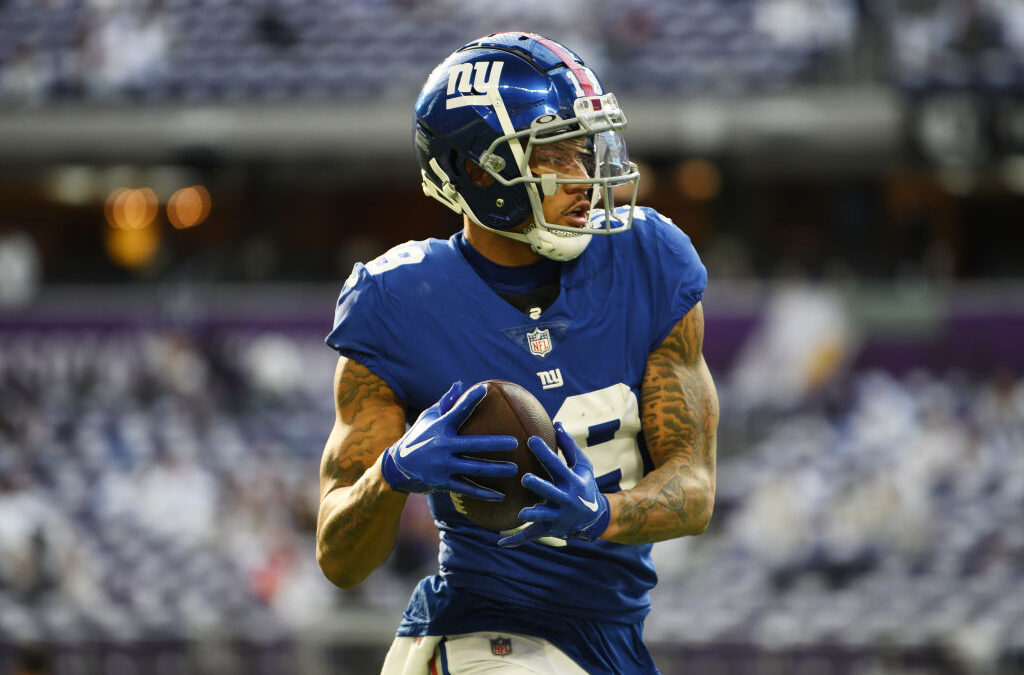
Golladay was a very good receiver with the Detroit Lions at the end of the 2010s, and he made a Pro Bowl and led the NFL in receiving touchdowns with 11 in 2019. Golladay missed the first two games of 2020 with the Lions due to a hamstring injury, and after Week 7, he was diagnosed with a hip injury which would keep him out for the rest of the season.
In 2021, Golladay signed a four-year, $72 million deal with the Giants, and the Giants immediately felt buyer’s remorse. In 2021, Golladay would start 14 games, and he would go the entire season without scoring a touchdown while having just 521 receiving yards and catching less than half of his targets.
2022 would be even worse for Golladay, as he missed four games due to injury and only had six receptions for 81 yards the whole season, though he would score his first touchdown as a Giant in Week 18. After the season, the Giants cut Golladay, and he hasn’t appeared on an NFL roster since.
New York Jets – Le'Veon Bell
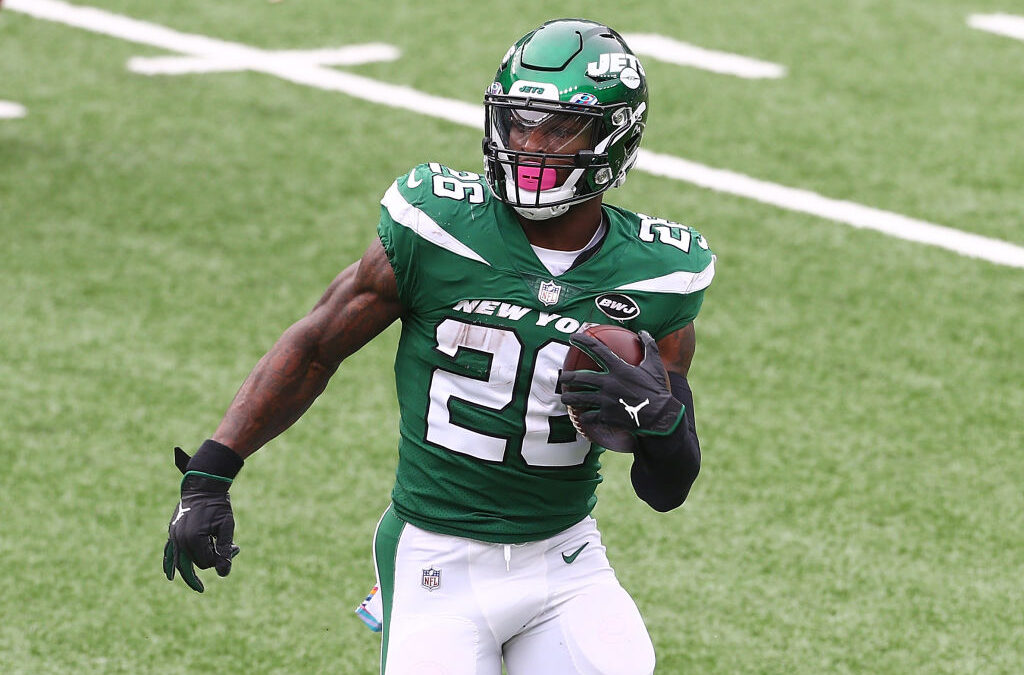
Bell was a great running back for the Pittsburgh Steelers in the 2010s and had he stayed with Pittsburgh, he might have made the Hall of Fame. However, in 2018, the Steelers issued their second-straight franchise tag to Bell, and he refused to play without a new contract: Bell would hold out for the entire 2018 season, before entering free agency in 2019.
The Jets would sign Bell to a four-year, $52.5 million deal that made him the second-highest-paid running back in the NFL, and they would soon regret it. Bell looked rusty in his first year with the Jets, having 789 yards and three touchdowns on the ground and 461 yards and a touchdown through the air, a far cry from his career-highs of 2,215 scrimmage yards and 11 touchdowns.
In 2020, Bell suffered a hamstring injury in Week 1 and would miss the next three games. In Week 5, Bell ran for 60 yards, and after the game, he liked a tweet on Twitter that mentioned that Bell should be traded by the Jets.
The Jets would release Bell later that week, and he would spend time with the Chiefs, Ravens, and Buccaneers before being released in January 2022.
Philadelphia Eagles – Nnamdi Asomugha
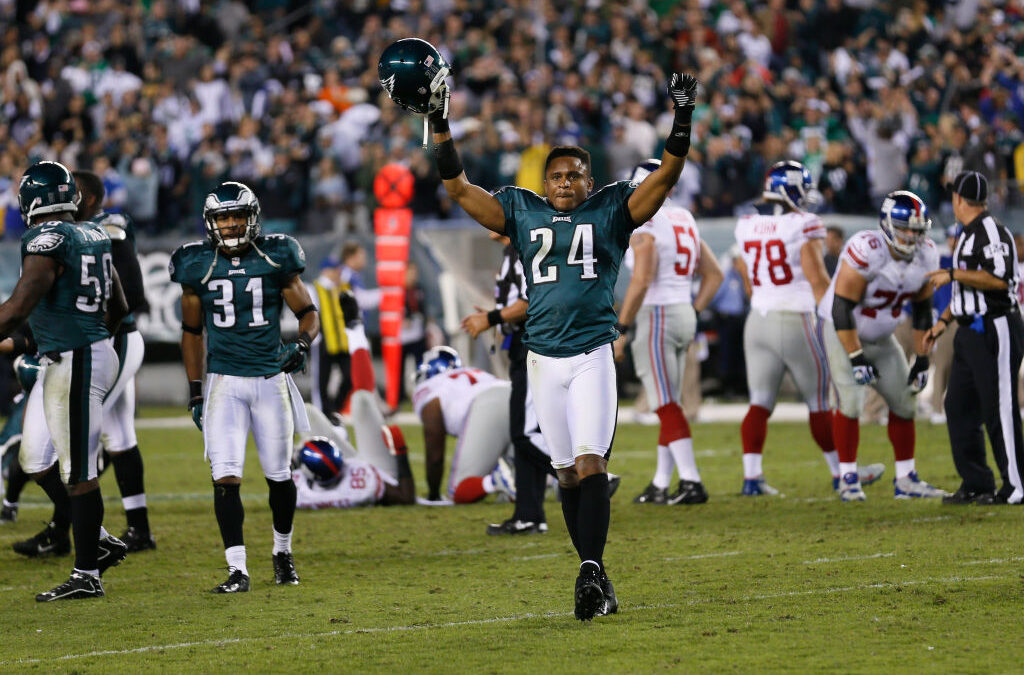
Asomugha was one of the best cornerbacks in the league in the late 2000s with the Oakland Raiders, and he was a late bloomer, being selected in the first round in 2003, but not making his first All-Pro Team until 2006. Asomugha would also make the Pro Bowl and All-Pro Teams each year from 2008-2010, and he was easily the most sought-after player on the free agent market in 2011.
The Eagles would sign Asomugha to a five-year, $60 million deal in 2011, and, while Asomugha was decent in Philadelphia, he wasn’t worth the amount of money he was being paid. After the 2012 season, Asomugha and the Eagles weren’t able to agree to a restructured contract, and as a result, Asomugha was released. He would play three games for the 49ers the following year, and after that, he was out of the NFL.
Pittsburgh Steelers – Donte Moncrief
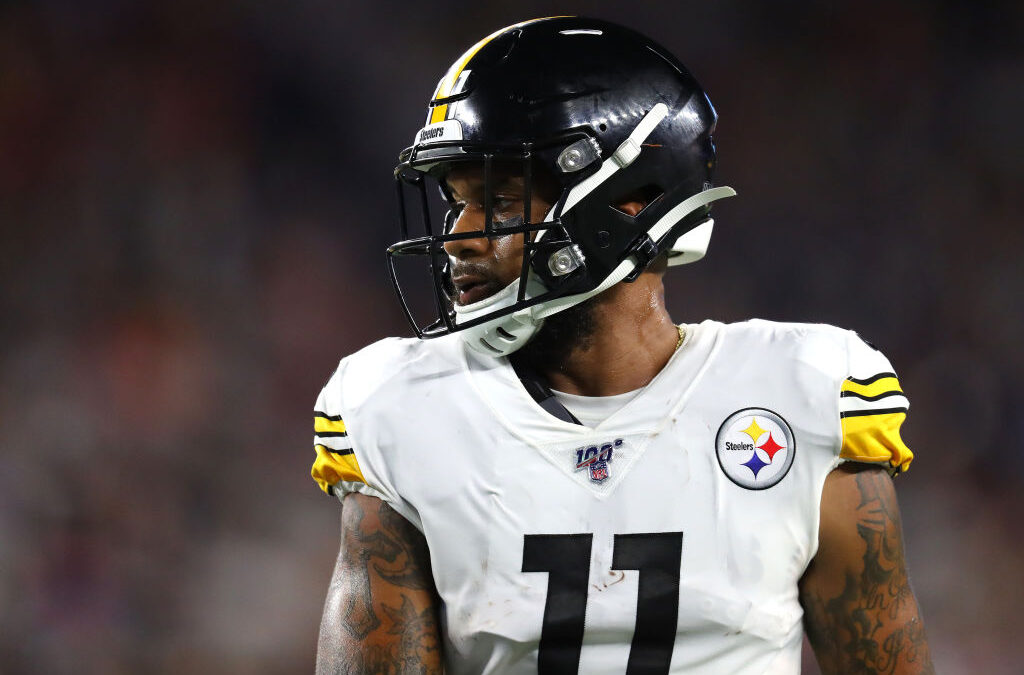
Moncrief was a speedster who wasn’t very good at doing anything else, and when the Pittsburgh Steelers signed him to a two-year, $9 million deal in 2019, it was seen as an odd move. At the time, the Steelers had Ben Roethlisberger, whose arm seemed to get better with age, but in Week 2, Roethlisberger tore three tendons in his elbow that would not only keep him out for the rest of the season but also threaten his career.
Moncrief wasn’t able to help backup quarterback Mason Rudolph, and he was cut after Week 5. He only had four receptions for 18 yards for the Steelers, and after being picked up on waivers by the Panthers, he was once again cut three weeks later; he would spend six weeks in the 2020 season on the Patriots, recording one reception, before leaving the NFL.
San Francisco 49ers – Lawrence Phillips
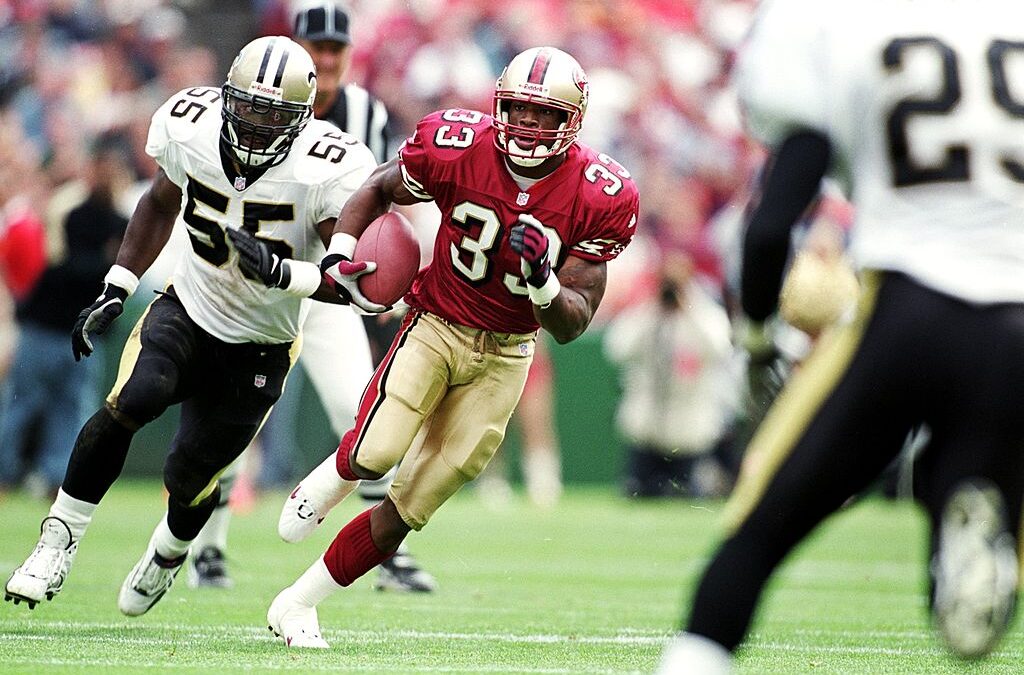
Phillips was a talented running back, but one whose off-the-field demons caused his NFL career to go off the rails. Phillips was drafted sixth overall by the Rams in 1996, and he was cut part of the way into his second season with the team because of his off-field issues.
After spending a season playing in Europe, Phillips was signed by the 49ers to a two-year, $1.75 million contract starting in 1999. However, his off-field issues seemed to have gone away; it was his on-field performance that left people wanting more.
The thing Phillips is best known for on the 49ers is missing the block that injured Steve Young in 1999. Phillips missed a block on Cardinals cornerback Aeneas Williams in their Week 3 game, and Williams sacked Young, giving him a concussion that would prematurely end his career.
Phillips was released after just eight games with the 49ers, and he would never play in the NFL again. His off-field issues once again took over his life, and he hung himself in his jail cell in 2016 after being charged with the murder of his cellmate.
Seattle Seahawks – Matt Flynn
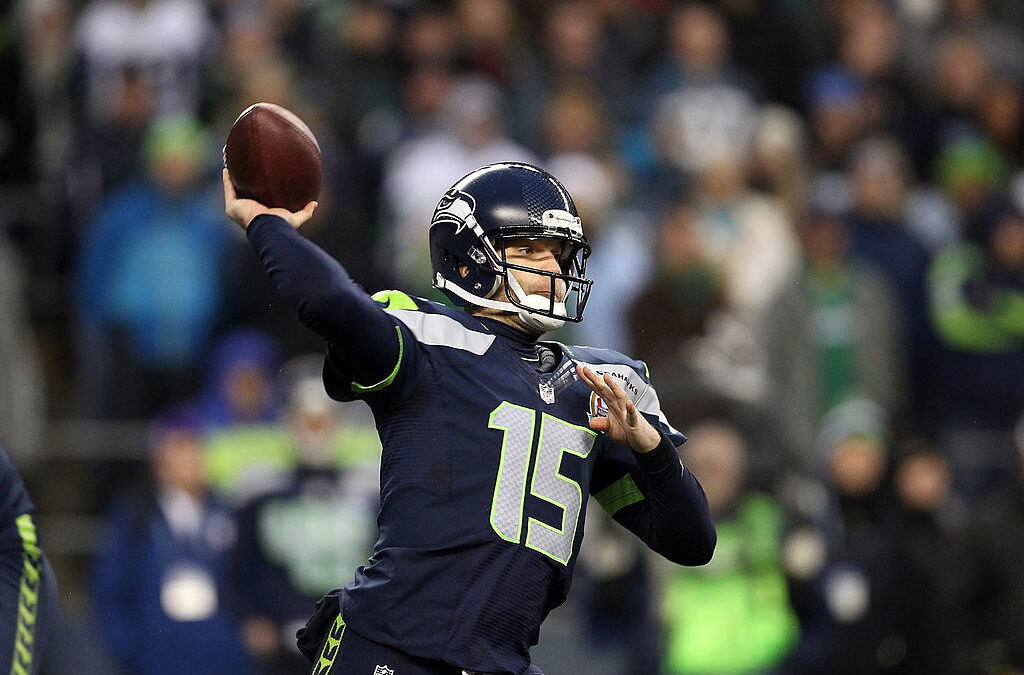
Flynn was a career backup to Aaron Rodgers before he showed off in the final week of the 2011 regular season, throwing for 480 yards and six touchdowns in a 45-41 victory over the Detroit Lions. His success saw him sign a three-year, $20.5 million deal with the Seattle Seahawks, who were looking for their quarterback of the future.
Flynn’s problem was that in the 2012 offseason, the Seahawks did find their franchise quarterback, but it wasn’t him. In the third round of the 2012 NFL Draft, Seattle drafted Russell Wilson, who went on to set all of the Seahawks’ franchise passing records.
He was traded to the Oakland Raiders in the 2013 offseason, and his Seahawks career saw him go 5-for-9 with 68 passing yards while being paid almost $7 million. Overall, this free-agent signing is one of the few extremely bad ones that didn’t end up costing the team at all.
Tampa Bay Buccaneers – Alvin Harper
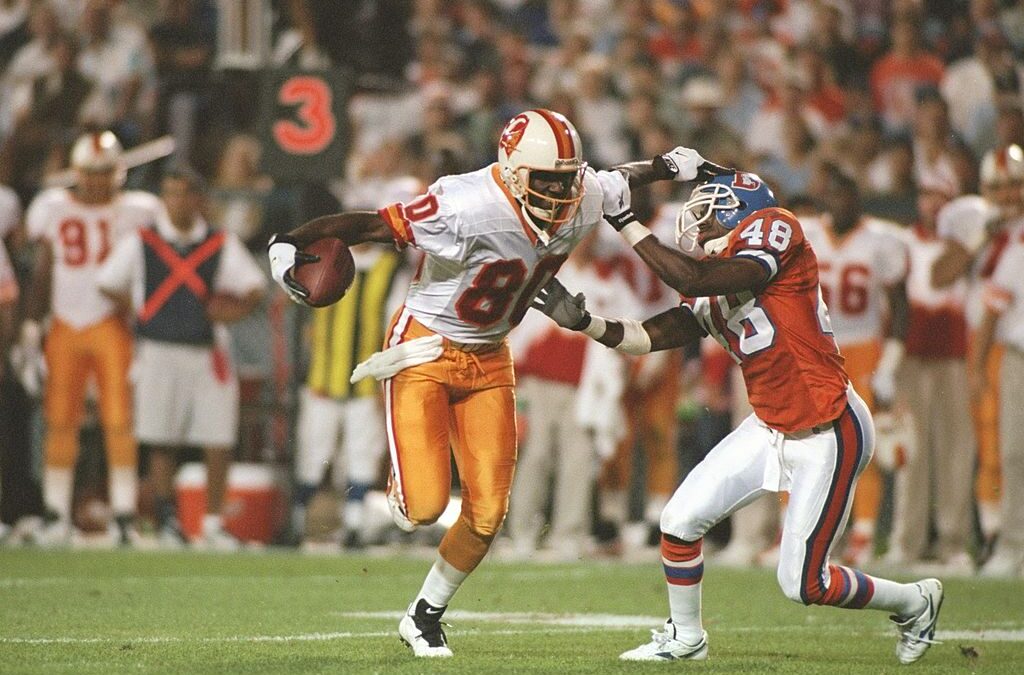
Harper was a decent number two receiver behind Michael Irvin in Dallas in the early 1990s, and in 1994, he set most of his career highs, including in touchdowns (eight), receiving yards (821), and yards per catch (24.9). His explosive nature meant that the Buccaneers would offer him the biggest free agent contract in NFL history at four years, $10 million.
Harper responded in 1995 by having his most receptions in a season with 46, but his receiving yards (633) and yards per catch (13.8) dropped significantly. In 1996, Harper was even worse, as he failed to reach 300 receiving yards despite playing in 12 games.
After 1996, the Buccaneers released Harper, who would go on to play 12 games for Washington in 1997 and two games for Dallas in 1998 before bowing out of the league.
Tennessee Titans – Dion Lewis
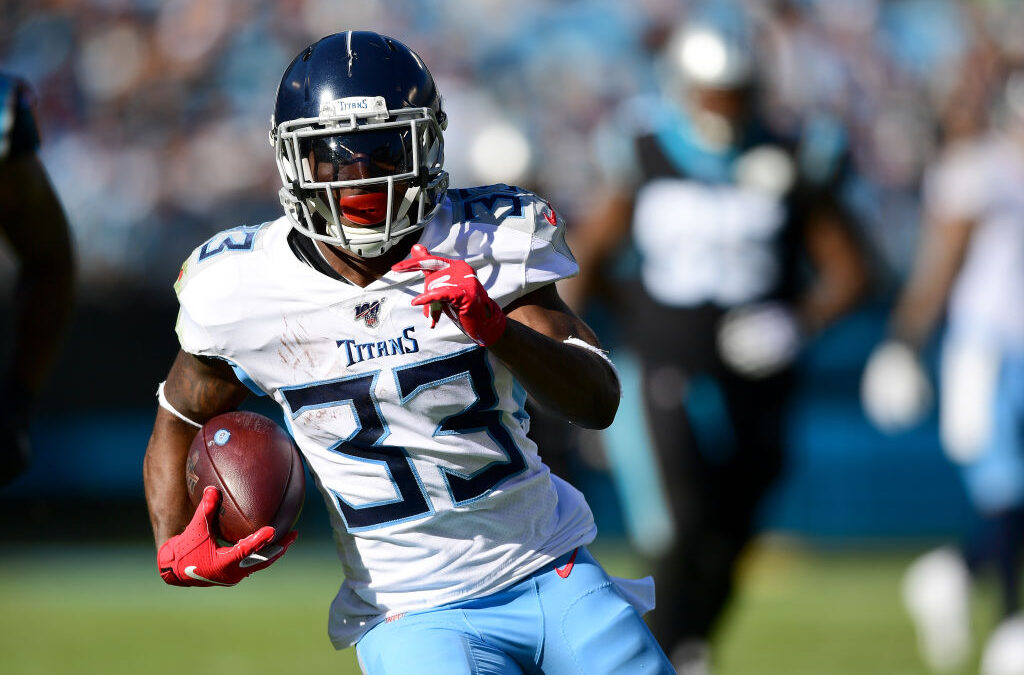
Before 2015, Lewis hadn’t played in an NFL game in over two years, and he looked like he would end up being one of the many players who had talent but were never able to take the leap to stardom. However, when the Patriots signed Lewis for the 2015 season, he became the team’s primary running back due to a suspension to LeGarrette Blount.
After three solid seasons in New England, Lewis signed with the Tennessee Titans in 2018 on a four-year, $20 million deal. However, an emerging Derrick Henry meant that there wasn’t as much room for Lewis on the depth chart, and he was primarily used as a receiving back, which, in all fairness, was what he was best at anyway.
In 2018, Lewis would set his career-highs in receptions (59) and receiving yards (400), and he had 517 rushing yards on the ground. However, in 2019, Lewis would see his production fall off a cliff, as he finished with under 400 total yards while playing all 16 games.
After 2019, Lewis was released by the Titans, and he would spend one more season in the NFL with the Giants before retiring.
Washington Commanders – Albert Haynesworth
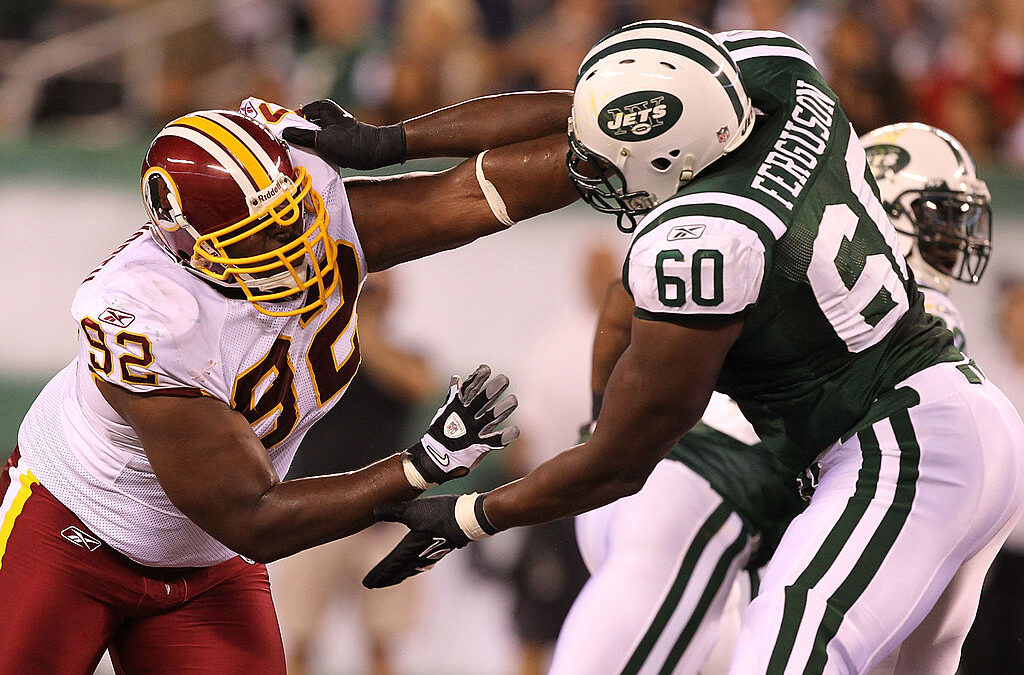
Haynesworth’s free agency signing with Washington is not only the worst in the history of the franchise, but it is also arguably the worst in NFL history. Haynesworth had been a stalwart on the Tennessee Titans defensive line for seven years in the 2000s, and he earned himself a record-breaking seven-year, $100 million contract from Washington.
Haynesworth only ended up spending two seasons in the nation’s capital, and in those two years, he suffered a significant drop-off, playing in just 20 games and registering 6.5 sacks and 42 tackles. After 2010, Haynesworth was traded to the New England Patriots for a fifth-round pick, and after 2011, he was out of the league.
During his time in Washington, it was widely believed that Haynesworth no longer had the drive to continue playing well, and it was believed that due to the massive amount of money that was guaranteed in his contract, he was fine with playing poorly and simply wanted to take his money. Haynesworth was shown to show little effort on many plays, which was famously shown in a game against the Philadelphia Eagles in 2010, when he fell in the middle of a play and made no attempt to stand back up, even allowing the offensive lineman who was covering him on the play to go and get back involved in the play.


